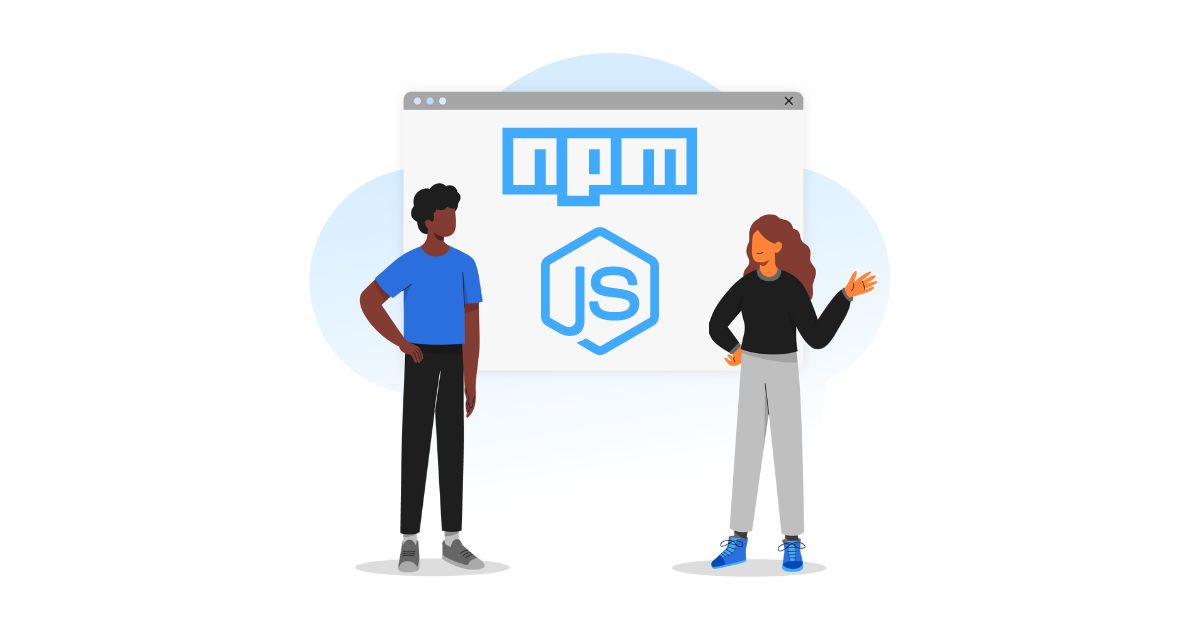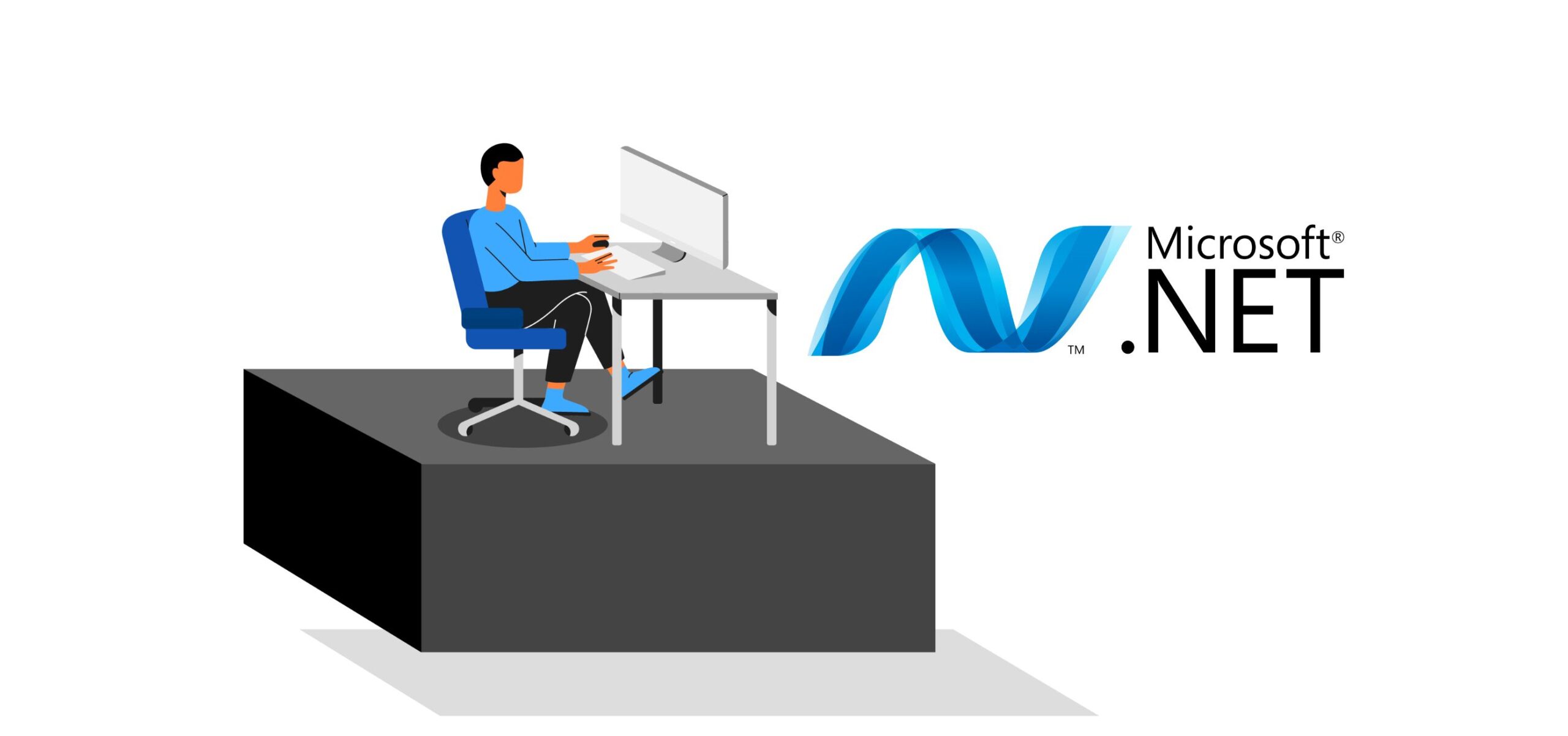Why and When to Use Node JS: A Brief Guide
Node JS framework shines in real-time web applications that use WebSockets for push technologies.
How is that revolutionary?
Well, with Node JS, we now have web applications with real-time, two-way connections, where both the client and server can initiate communication, allowing them to exchange data freely.
But if you’re new to the Node JS framework or vaguely familiar with its core concepts, this post will help you understand its fundamentals better. In addition, this post will cover the basics of the Node JS framework, why and when to use it, its different parts, use cases, and more.
Let’s get started.
What is Node JS framework?
Node JS framework is one of the most popular server-side technologies available today. It’s a backend JavaScript runtime environment that’s open-source and cross-platform.
On May 27, 2009, Ryan Dahl (the creator of the Node JS framework) released the first version. 14.17.6 is the most recent LTS (long-term support) version.
Node JS framework has grown in popularity around the world, particularly in Silicon Valley. You can build amazing programs using this framework, including social media apps, real-time video, and messaging apps, online multiplayer games, real-time tracking apps, and much more.
So if you’re a software developer, Node JS will open up a world of possibilities for you.
Node JS framework: Key characteristics
Open source:
- Node JS is an open-source framework with a vast community of users.
- It has an open community that assists in adding new functionality to Node JS applications.
Easy and quick:
- Node JS libraries can execute code quickly because they are built on Google Chrome’s V8 JavaScript engine.
Asynchronous:
- Every library in Node JS is asynchronous. It means that Node JS servers never wait for an API to respond before moving to the next one.
High scalability:
- Node JS is very scalable because of its event mechanism, which helps the server provide a non-blocking response.
- Node JS is cross-platform. It can be built and deployed on Windows, Mac OS X, and Linux.
Ideal for real-time applications:
- Node JS has exceptional properties for developing real-time apps like chat and games.
- It’s also useful for programs that need a server that responds to events.
High efficiency:
- In Node JS, a single-threaded JavaScript runtime provides integrated network applications.
When to use Node JS framework?
-
Backend for Social Media Networking
With its V8 engine, Node JS delivers lightning-fast routing and secure authentication. That’s why Node JS is used to build several well-known websites, such as LinkedIn and Medium. -
Single-page Application (SPA) Development
Node JS can create a single-page app that looks and feels like a desktop program, just like single-page web pages. Therefore, it is great for building social networking platforms, dynamic websites, and email solutions.
In addition to that, Node JS is one of the best choices for SPA development because of its asynchronous data flow quality on the backend. -
Chatbots
For real-time chatbots and chat systems, the Node JS framework provides sophisticated functionalities. Chatbots have crucial properties such as multi-user apps, dense data, and high traffic across all devices. Node JS framework is ideal for chatbot apps because it works on all devices and covers all paradigms.
In addition, server-side event loops and push notifications (common in IMs and real-time programs) are simple to implement with Node JS. -
Data Streaming
The Node JS framework has a distinct advantage in data streaming due to its blazing-fast file processing and feather-light encoding and uploading.
Netflix, for example, has welcomed the Node JS framework to service 190 countries and more than 100 million hours of streaming to 120 million subscribers. -
IoT Application Development
IoT has exploded in popularity in the last decade. As a result, the Node JS framework has become one of the most popular solutions for companies building public and private IoT solutions.
The event-driven server design of Node JS and asynchronous processing of relevant heavy I/O operations on IoT networks are possible thanks to Node JS.
Furthermore, the Node JS framework is the best platform for IoT app development because it works with write and readable channels and streams.
Several well-known companies use the Node JS framework.
When compared to other programming languages, the Node JS framework is very new. However, despite this, Fortune 500 firms prefer the Node JS framework to alternative frameworks.
Here are a few big names that use the Node JS framework actively:
- Netflix
- Uber
- Trello
- PayPal
- NASA
- eBay
- Medium
- Groupon
- Walmart
Where shouldn’t the Node JS framework be used?
While researching the best technology, you may come across various alternative tech options. Each technology has its own set of advantages and disadvantages.
However, if you’re planning to build any of the following apps, you might want to reconsider using Node JS.
-
Relational database is in beta
You can develop a standard web or mobile application on the server using Node JS and express.js. However, any heavy CPU-intensive computation in these web applications will cause the Node JS framework to become unresponsive.
As Node JS’s Relational DB tool is still in beta, it’s best to use other tools to conduct relational operations. -
Processing on the server is intensive.
The Node JS framework is probably not the ideal solution for extensive server-side computing. It has a non-blocking I/O node model and an event-driven model. -
Computations that use a lot of the CPU
Because the Node JS framework is single-threaded, it may not be suitable for your web applications. For example, if the server is responsible for processing a large computation, it will invariably stall. -
Tool Imperfections
The Node JS framework has proven to be exceptional in a variety of situations and applications.
Despite having the benefit of a thriving Node community contributing to npm modules and libraries, many users have complained about bugs, low quality, incomplete modules, and documentation.
But if you have experienced Node JS developers on your team, rest assured, they’ll select proper npm modules and libraries for your project.
What’s next?
Now that you have a deeper understanding of Node JS, you can go ahead and explore Node.js codes. You can work on challenging real-time projects to get good exposure to the same.
There are ample job opportunities for experienced Node JS developers out there. However, if you’re looking for high-paying Node JS jobs with US-based companies, you should try Turing. Turing offers full-time, long-term remote software jobs with competitive compensation and excellent career growth to developers having 3+ years of experience.
The vetting process at Turing consists of four steps:
- Upload Resume
- Work experience assessment
- Tech stack tests (algorithm challenges)
- Coding challenge
Visit the Jobs page for more information.
Join a network of the world's best developers and get long-term remote software jobs with better compensation and career growth.












